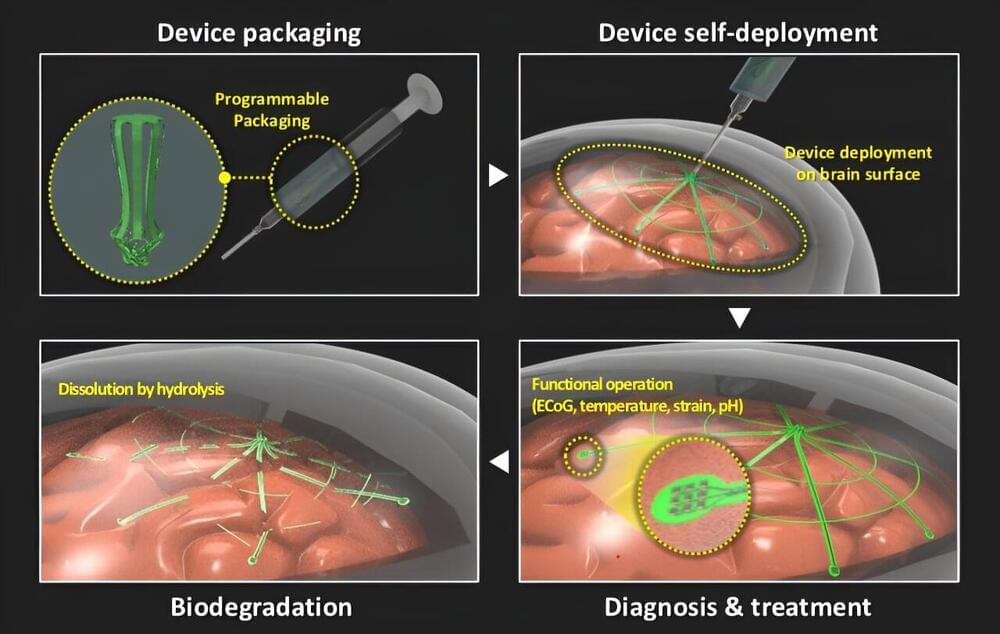Aug 26, 2024
Stephen Wolfram thinks we need philosophers working on big questions around AI
Posted by Kelvin Dafiaghor in categories: health, robotics/AI
“My main life work, along with basic science, has been building our Wolfram language computational language for the purpose of having a way to express things computationally that’s useful to both humans and computers,” Wolfram told TechCrunch.
As AI developers and others start to think more deeply about how computers and people intersect, Wolfram says it is becoming much more of a philosophical exercise, involving thinking in the pure sense about the implications this kind of technology may have on humanity. That kind of complex thinking is linked to classical philosophy.
Continue reading “Stephen Wolfram thinks we need philosophers working on big questions around AI” »

















